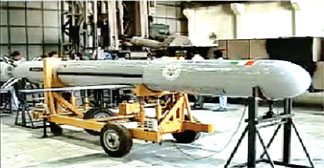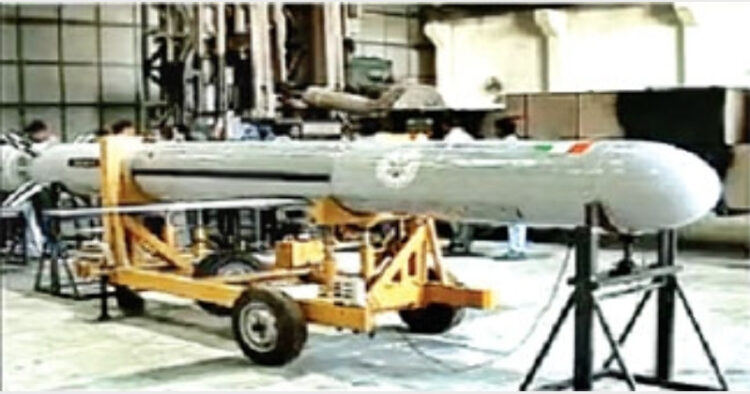 Intro: The cruise missile Nirbhay is critical for the Indian defence in the context of India’s policy of “no first use” of nuclear weapons.?
Intro: The cruise missile Nirbhay is critical for the Indian defence in the context of India’s policy of “no first use” of nuclear weapons.?
The successful test firing of India’s advanced sub-sonic cruise missile Nirbhay (meaning fearless), designed and developed by the Defence Research and Development Organisation (DRDO), on the morning of October 17 marks a major step forward for India in its quest of strengthening its nuclear strike capability.
By all means this “fire and forget” missile is critical for the Indian defence in the context of India’s policy of “no first use” of nuclear weapons. In future, Nirbhay could be a part of robust nuclear strike back capability meant to inflict “damages of unacceptable level” on the adversary going in for the nuclear misadventure. Along with the Indo-Russian supersonic cruise missile BrahMos, which is already in service, Nirbhay would constitute a formidable, deadly weapon system to keep the adversaries at bay. Indeed, it ably supplements the capability of BrahMos by delivering warheads farther than 290-km range of BrahMos.
By all means, for the Indian defence forces, sub-sonic missile could provide a veritable strategic edge in guarding India from the surprise attacks from across the border. It is not for nothing that the Prime Minister Narendra Modi while congratulating Indian defence scientists for the successful Nirbhay test flight drove home the point that Nirbhay has the potential to provide a “great impetus to the Indian defence capabilities.” And according to Avinash Chander, the DRDO chief, “The successful indigenous development of Nirbhay cruise missile will fill a vital gap in the war fighting capabilities of our armed forces.”
Cruise missile Nirbhay developed by the Bangalore based Aeronautical Development Establishment (ADE), a constituent of DRDO, can also carry a conventional warhead. This 1000 Kg missile with a range of 1000 km carries a highly precise, advanced inertial navigation package developed by the Hyderabad based Research Centre Imarat (RCI).
For as against the plan for a range of 900 Km, the missile covered a range of more than 1,000 Km. According to DRDO, “the entire mission, from lift off till the final splash down, was a perfect flight achieving all the mission objectives.”
Described as equivalent in capability to the American Tomahawk, which has been used by the American defence forces with devastative effect, the two stages, solid fuel driven Nirbhay could serve as a platform for DRDO to develop improved sub-sonic cruise missiles with a longer range and larger warhead carrying capability. Unlike other conventional missiles, the all weather Nirbhay features wings and tail fins. Moreover, it is highly versatile and can be used from a variety of platforms including aircraft, ships and land based launchers with different types of payloads at different ranges.
However, the first qualification trial of the missile carried out in March last had ended in failure with the missile flight getting terminated midway after it deviated from its pre designated flight path. Nonetheless, DRDO researchers made use of the inputs of this failed mission to ready the missile for a successful test.
Today the uniqueness of Nirbhay lies in the fact that it has a good loitering capability, a high degree of accuracy in terms of impact along with stealth features that makes its detection and interception by enemy radars a tough and challenging task.
The Missile is highly manoeuvrable. It can hover over the target before deciding the right point of impact. The missile takes off vertically like a conventional missile for the initial 100-metres but then turns horizontal by spreading out its wing to fly like an airplane at a speed of 0.7 Mach. This surface to surface missile, has, on account of its “low altitude flying” capability, also come to be described as a “tree top missile”.
Meanwhile, are neighbour Pakistan also claims to be in possession of two homegrown sub-sonic cruise missiles—RAAD and Babur. But western strategic analysts say that these missiles are based on the technology Pakistan obtained on sly from China, Iran and North Korea. So far as the technology of missile propulsion and control is concerned, Pakistan will take long time. But then the capability of this “failed state” to acquire missile technologies through illegal channels cannot be under-estimated.
Radhakrishna Rao ?(The writer is a freelance columnist who writes on science tech and defence related issues)
?













Comments